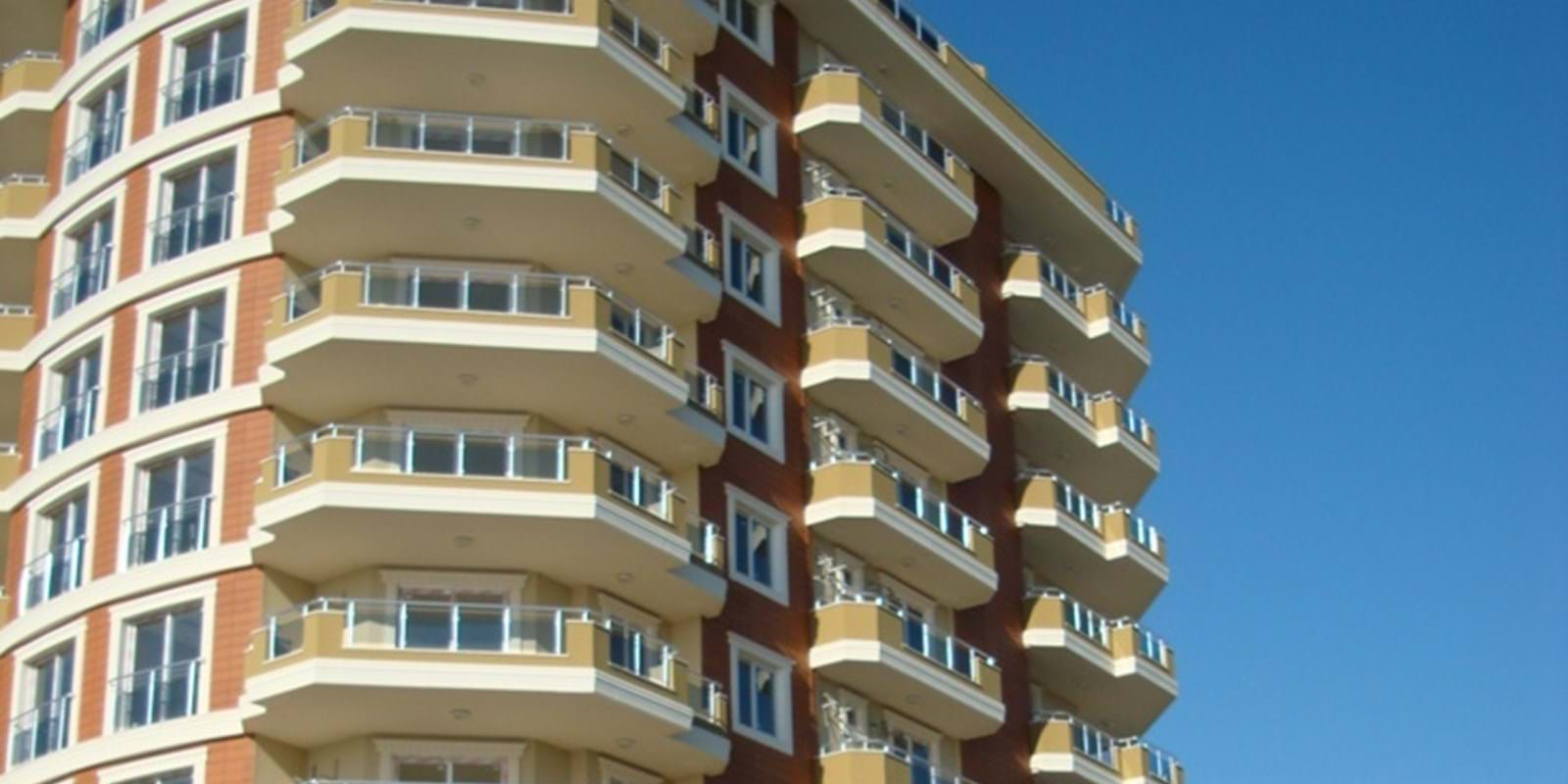"The improvement in affordability during the third quarter has relieved some of the stress that had been mounting in Canada's housing market over the past year," said Robert Hogue, senior economist, RBC. "After appreciating rapidly during the strong rebound in resale activity last year and early this year, national home prices recently came off the burner and retreated modestly as market conditions cooled considerably through the spring and summer."
The RBC Housing Trends and Affordability report notes that, at the national level, the third quarter improvement in affordability reversed almost two-thirds of the cumulative deterioration that took place over the previous four quarters. For the most part, the RBC Housing Affordability Measures returned to their levels at the end of 2009.
The RBC Housing Affordability Measure captures the proportion of pre-tax household income needed to service the costs of owning a specified category of home. During the third quarter of 2010, measures at the national level fell between 1.4 and 2.5 percentage points across the housing types tracked by RBC (a decrease represents an improvement in affordability).
The detached bungalow benchmark measure eased by 2.4 of a percentage point to 40.4 per cent, the standard condominium measure declined by 1.4 of a percentage point to 27.8 per cent and the standard two-storey home experienced the largest decrease, falling 2.5 percentage points to 46.3 per cent.
Despite some decline in home prices over last quarter, prices were still 5.8 to 6.8 per cent higher year-over-year at the national level. Conventional fixed mortgage rates came down in the third quarter, with the five-year posted rate (the basis on which the RBC Measures are calculated) falling more than 0.5 percentage points to an average of 5.52 per cent, entirely reversing the rise in the second quarter.
RBC notes that affordability could well improve further in the near term, with additional cuts in the posted five-year fixed rate already in place in the early part of the fourth quarter and previous home price increases still being rolled back in certain markets. However, RBC expects the Bank of Canada will resume its rate hiking campaign by the second quarter of next year, which will eventually have a more sustained upward effect on mortgage rates.
"Higher mortgage rates will be the dominant factor raising homeownership costs beyond the short term, although increasing household income - as the job situation continues to strengthen in Canada - will provide some positive offset," added Hogue. "We expect housing demand and supply to remain mostly in balance overall, setting the course for very modest home price increases."
All provinces saw improvements in affordability in the third quarter, particularly in British Columbia where elevated property values amplified the effect of the decline in mortgage rates on monthly mortgage charges. Ontario also experienced some notable drops in homeownership costs, pushing down the RBC Measures below their long-term average in the province for bungalows and condominiums. Alberta and Manitoba are the only two provinces where the RBC Measures stand below their long-term average in all housing categories, indicating little stress in these markets.
RBC's Housing Affordability Measure for a detached bungalow in Canada's largest cities is as follows: Vancouver 68.8 per cent (down 5.4 percentage points from the last quarter), Toronto 47.2 per cent (down 3.0 percentage points), Montreal 41.7 per cent (down 1.3 percentage points), Ottawa 38.2 per cent (down 2.9 percentage points), Calgary 37.1 per cent (down 2.0 percentage points) and Edmonton 32.7 per cent (down 2.0 percentage points).
The RBC Housing Affordability Measure, which has been compiled since 1985, is based on the costs of owning a detached bungalow, a reasonable property benchmark for the housing market in Canada. Alternative housing types are also presented including a standard two-storey home and a standard condominium. The higher the reading, the more costly it is to afford a home. For example, an affordability reading of 50 per cent means that homeownership costs, including mortgage payments, utilities and property taxes, take up 50 per cent of a typical household's monthly pre-tax income.
(...)
Quebec: The Quebec housing market is making its way towards more stable activity levels after plummeting to six-year lows at the end of 2008 and then surging to all-time highs at the start of 2010. Supporting this trend in the near term is an improvement in affordability in the third quarter. Following four consecutive increases, the RBC Measures for the province fell 1.4 to 1.8 percentage points depending on the housing type, but still remain close to the pre-downturn peaks and above their long-term average, which will likely restrain growth in demand in the period ahead.

